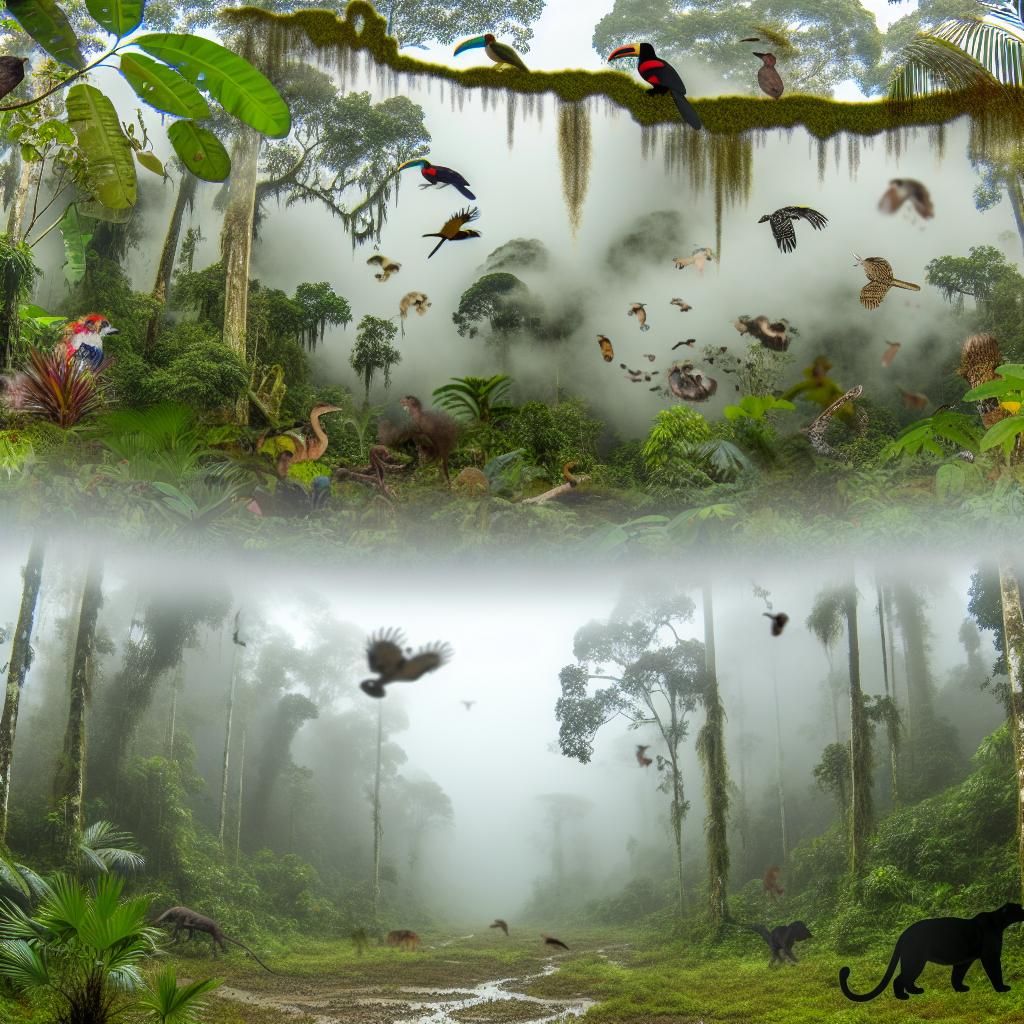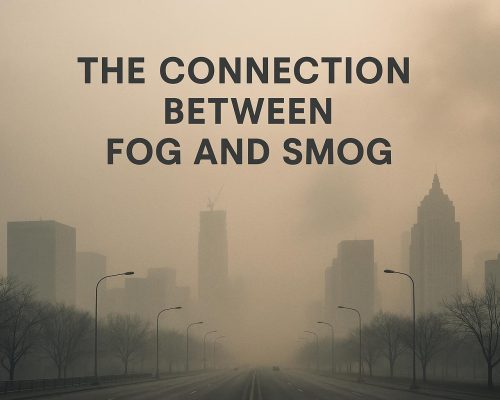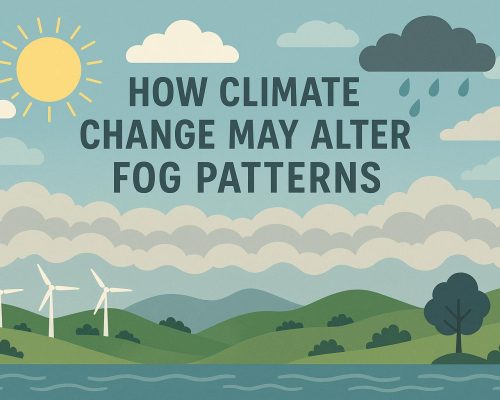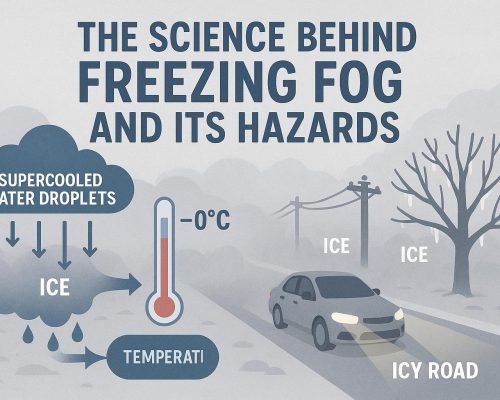
The Role of Fog in Rainforest Ecology
Introduction to Fog in Rainforest Ecosystems
Rainforests are among the most intricate and biologically rich ecosystems on our planet. Characterized by towering trees, abundant wildlife, and varied plant life, these regions harbor a unique array of species. Despite their popularity as realms of untamed wilderness, certain elements within rainforest ecosystems do not often receive adequate attention. One such element is fog, a naturally occurring phenomenon that plays an indispensable role in maintaining ecological balance. While rainforests often evoke images of torrential downpours, fog also contributes significantly to the overall moisture dynamics and microclimatic conditions prevalent in these territories. Understanding fog’s integral role in these ecosystems is essential for grasping the broader ecological mechanisms that sustain rainforests.
The Formation of Fog in Rainforests
Fog forms through particular climatic and atmospheric conditions that are prevalent in certain rainforest regions. In a typical scenario, warm air ascends due to its reduced density compared to cooler air masses. As it rises, the air encounters lower temperatures at higher altitudes, leading to the condensation of water vapor and subsequent formation of fog. This process is particularly prominent in cloud forests, a specific type of rainforest environment. Such forests feature persistent cloud cover that often envelops the canopy level or hovers just above it. This continuous presence of fog distinguishes cloud forests from other rainforest types and has profound implications for the local environment and biota.
Impact on Humidity and Moisture Levels
Fog serves as a critical source of moisture in rainforests, supplementing rainfall and bolstering humidity levels. When fog droplets accumulate on foliage and drip down to the forest floor, they create an additional water source. This capability proves especially vital during drier periods when conventional rainfall falls short of meeting the hydration needs of flora and fauna. Fog holds the capacity to replenish moisture levels, thus reducing water stress on plants. By averting water scarcity, fog enhances plant resilience, sustains photosynthesis, and supports growth. This steady moisture supply is particularly significant for sustaining the delicate balance of tropical ecosystems.
Role in Plant Ecology
The symbiosis between fog and plant life in rainforests showcases the intricate ways in which ecosystems adapt to their climatic conditions. Several plant species have evolved specialized mechanisms to harness water from fog directly. Epiphytes, an example of such adaptation, derive their moisture from the air rather than the soil. With the capability to capture water through their leaves, these plants thrive within crowded canopies where competition for resources is fierce. Apart from aiding direct hydration, fog influences other ecological processes like seed germination and nutrient uptake, both of which are crucial determinants of plant health and biodiversity. Consequently, fog supports a spectrum of species, thereby nurturing a diverse and vibrant plant community.
Influence on Animal Life
Animal species within rainforests are likewise impacted by the prevalence of fog. Species that depend on consistent moisture levels, such as various amphibians and reptiles, benefit from the hydration opportunities facilitated by fog. The ambient moisture generated by fog serves as a habitat for these organisms, ensuring that they have adequate environmental conditions for survival. Moreover, fog influences animal communication—certain frog species, for instance, exploit the dense air caused by fog to amplify their calls for mating and territorial purposes. Fog further stabilizes temperature fluctuations, contributing to the formation of habitats that support diverse animal groups. The consistent environmental conditions fostered by fog ensure a thriving community of species.
Microclimatic Effects
Fog’s function extends beyond its role as a moisture provider; it acts as a regulator of microclimate within rainforests. By partially blocking sunlight penetration and bringing about temperature reductions, fog mitigates extreme temperature swings. Such stabilization emerges crucial for species whose survival hinges on specific environmental parameters. Fog-induced cooling impacts organism behaviors and life cycles, elucidating the pervasive implications of fog’s presence. In diminishing intense sunlight and providing a buffer against temperature variances, fog contributes to habitat stability and ecological continuity, reinforcing its status as an essential component of rainforest systems.
Conservation Implications
The role of fog in rainforest environments brings to light pertinent considerations for conservation. Emphasizing the protection of cloud forests, regions where fog is more predominant, becomes imperative, given the unique species compositions that these areas support. Moreover, the imminent threat of climate change poses potential alterations to fog patterns, which could ripple through the interconnected systems of rainforests. Conservation plans must integrate strategies that account for these potential shifts to prevent ecological imbalance. By promoting environmental education and undertaking proactive measures, it remains possible to preserve the biodiversity and ecological integrity of these unique ecosystems, thereby ensuring their survival amid evolving climatic conditions.
For more information on rainforest ecology and conservation efforts, explore resources from World Wildlife Fund and other reputable organizations.






